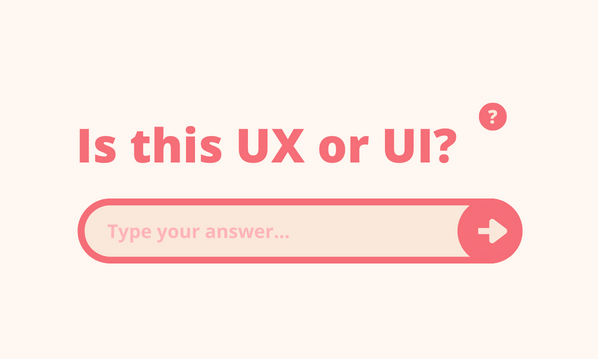Summary
Web accessibility means making your website accessible and usable for everyone. It means your website is inclusive to the whole population, not exclusive only to some. Web accessibility means people with disabilities can use the Web. It’s important because if it’s not accessible you may be breaking the law, lose custokmers, get a bad reputation and pay a cost later having to redesign your site. Good web accessibility means good business sense because you can have everyone use your website.
The Official Definition (from W3C)
“Web accessibility means that people with disabilities can use the Web. More specifically, Web accessibility means that people with disabilities can perceive, understand, navigate, and interact with the Web, and that they can contribute to the Web. Web accessibility also benefits others, including older people with changing abilities due to aging. Web accessibility encompasses all disabilities that affect access to the Web, including visual, auditory, physical, speech, cognitive, and neurological disabilities.”
What happens if your website is inaccessible?
If your website is not accessible you may:
- Pay a cost later having to redesign your website
- Lose customers. A website with poor web accessibility is the equivalent of slamming a door in the faces of customers with a disability. It’s beyond rude, it’s discrimination, it’s ignoring human rights.
- Get a bad reputation online. Having an inaccessible website will reflect very badly on you.
- Break the law and face legal cases.
Save time, pain and money in the future – refuse any design ideas which won’t meet the guidelines.
How does website accessibility help my business?
- Revenue
If everyone can use your site there’s more chance of more business from more visitors.
- Good business common sense
By following some basic guidelines you can make sure your website is inclusive to all your customers, including thosewith a disability, such as blindness and low vision, deafness and hearing loss.
- Keep your business out of court – web accessibility is the law
If people with disabilities can’t access the information on your website then it could be seen as discrimination. The Equality Act came into force in October 2010 with the intention of comprehensively tackling the discrimination which many disabled people face. You cannot wait until a disabled person wants to use your services. You must think in advance about what disabled people with a range of impairments might reasonably need. For instance, it may be unlawful for a website to have links that are not accessible to a screen reader, application forms in a PDF format that cannot be read by a screen reader, information that is not in a format accessible to screen readers, use text, colour contrasting and formatting that make the website inaccessible to a partially sighted service user.
Disabilities you will need to consider:
- sight loss
- blindness and low vision
- deafness and hearing loss
- learning disabilities
- cognitive limitations
- limited movement
- speech disabilities
- photosensitivity
Have you already got a website?
- Familiarise yourself with these guidelines.
- Check your website against them and see if you think there are any issues.
- Have a chat with your website designer. A good web site designer should be able to advise you and help you to ensure your website is compliant with web accessibility standards at minimal cost. They shouldn’t have ever supplied you with a website design which isn’t compliant with the law in the first place.
Thinking about getting a website?
- Familiarise yourself with these guidelines.
- When you brief your designer, check them out for their knowledge and thoughts on accessibility – you want a designer who will want to designer for everyone and not expose your business to risks.
- Check designs you’re getting back from your designer against the guidelines, don’t approve ideas until you’re happy they are accessible.
Web accessibility – more information
For more information about the law, web accessibility and website web accessibility see these resources:
http://www.w3.org/WAI/quicktips/
http://www.w3.org/WAI/intro/accessibility.php
http://www.w3.org/WAI/guid-tech
http://www.w3.org/WAI/Resources/
http://www.rnib.org.uk/professionals/webweb accessibility/lawsandstandards/Pages/uk_law.aspx





